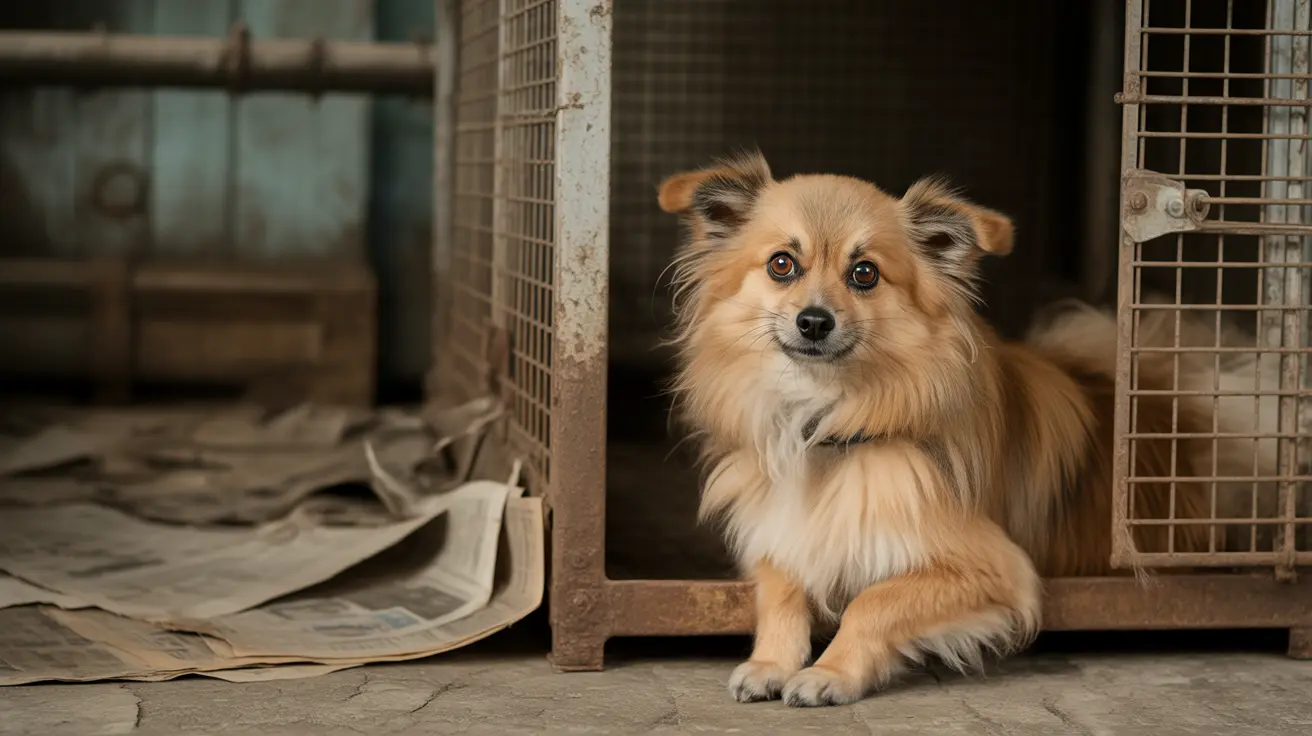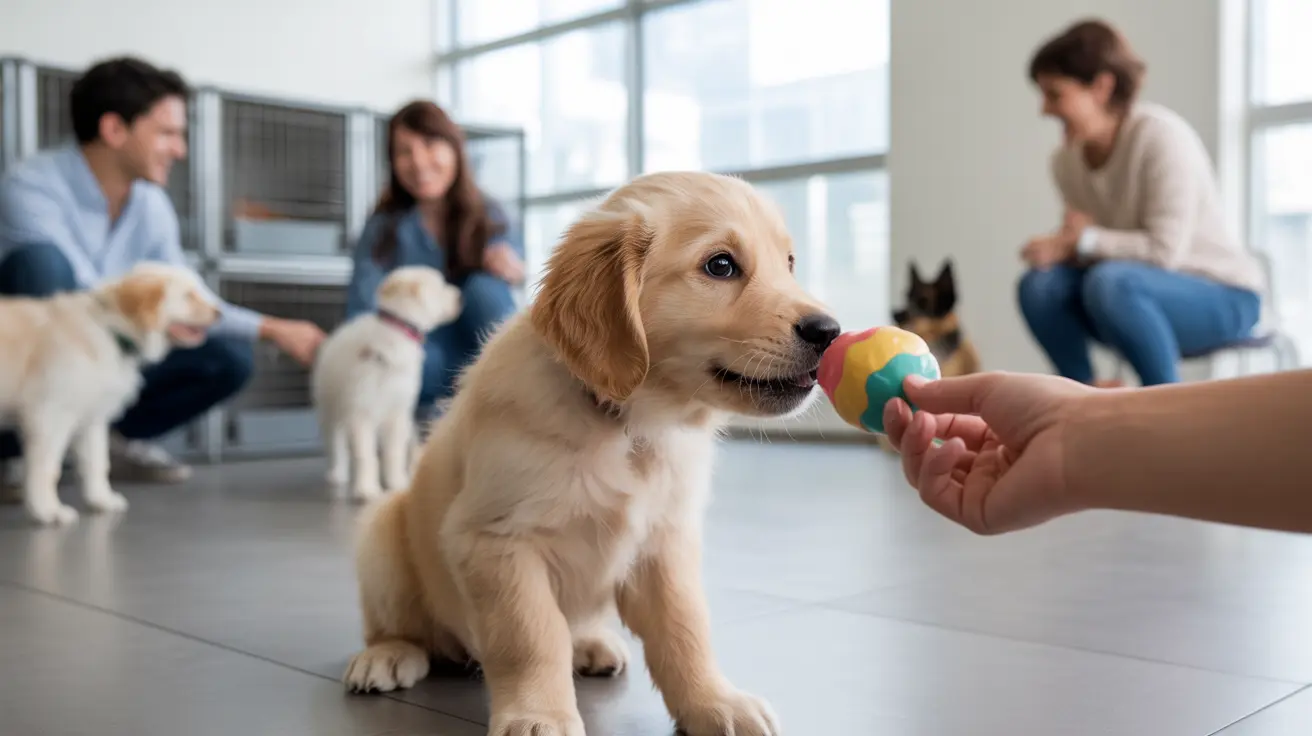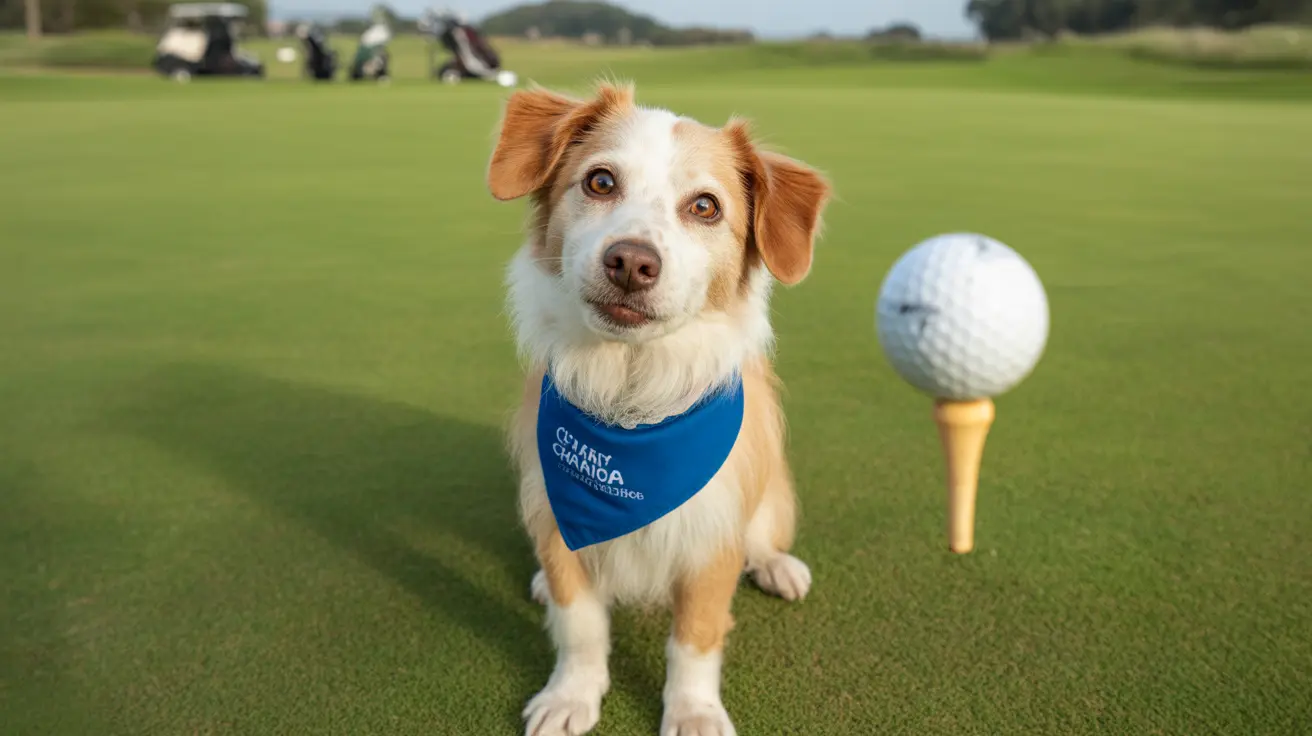Why Trimming Dew Claws Is Essential for Your Pet's Health
Dew claws are often overlooked when it comes to pet grooming, but neglecting them can lead to a variety of health issues for your dog or cat. These additional digits, often found on the inner part of an animal’s legs, do not make contact with the ground like other claws. This means they wear down less and are prone to overgrowth. In this article, we explore the consequences of not trimming dew claws, how to maintain them, and why they matter in your pet’s overall health.
What Are Dew Claws?
Dew claws are the equivalent of thumbs in dogs and cats. Found higher up on the leg—usually the front, and sometimes the rear—these claws rarely touch the ground and thus lack friction that naturally wears down regular claws. While some pets have their rear dew claws removed shortly after birth, front dew claws often remain intact because they may serve some function, especially in dogs.
The Risks of Not Trimming Dew Claws
If dew claws are not trimmed, they can cause complications. Since they don’t naturally wear down, they can grow excessively long.
- Curling and Embedding: Overgrown dew claws can curl inward and grow into the skin, creating painful wounds and the potential for infection.
- Injury: Long dew claws can snag on objects, tear, or break, resulting in bleeding and trauma.
- Infections: An embedded or broken dew claw can lead to bacterial infections, which may require antibiotics or even surgical intervention.
- Arthritis and Discomfort: Constant irritation or injury can lead to long-term joint problems, affecting your pet’s mobility.
How to Trim Dew Claws Properly
Regular grooming should include dew claw maintenance. Here’s how to go about it:
- Use Proper Tools: Invest in quality pet nail clippers or a pet nail grinder.
- Inspect Regularly: Check dew claws every 2–3 weeks for growth and condition.
- Trim Sparingly: Only trim the tip to avoid damaging the quick, the blood vessel inside the nail.
- Consult a Vet or Groomer: If you’re unsure how to trim properly, seek professional help.
Signs of Dew Claw Problems
Watch for these symptoms in your pet if you suspect dew claw issues:
- Licking or biting at the claw area
- Swelling or redness around the claw
- Limping or favoring one leg
- Visible overgrowth or curling claws
Breed-Specific Considerations
Some dog breeds, such as Great Pyrenees and Briards, are born with double dew claws and require more attention. Certain working or show dogs may retain their dew claws for stability and grip, making maintenance even more important to avoid damage during physical activity.
Preventive Care Tips
Follow these tips to keep your pet's dew claws in optimal condition:
- Routine Checks: Add dew claw inspection to your grooming routine.
- Exercise Awareness: Be cautious during hiking or rough play to avoid catching the claws on obstacles.
- Keep Records: Maintain a log of trimming sessions to keep on schedule.
Conclusion
Dew claws may seem insignificant, but neglecting their maintenance can result in painful and costly issues for your pet. By keeping up with regular trimming and monitoring for signs of overgrowth or injury, you can ensure your dog or cat stays comfortable, healthy, and mobile. Responsible grooming, including dew claw care, is a simple yet impactful way to safeguard your pet’s wellbeing.





